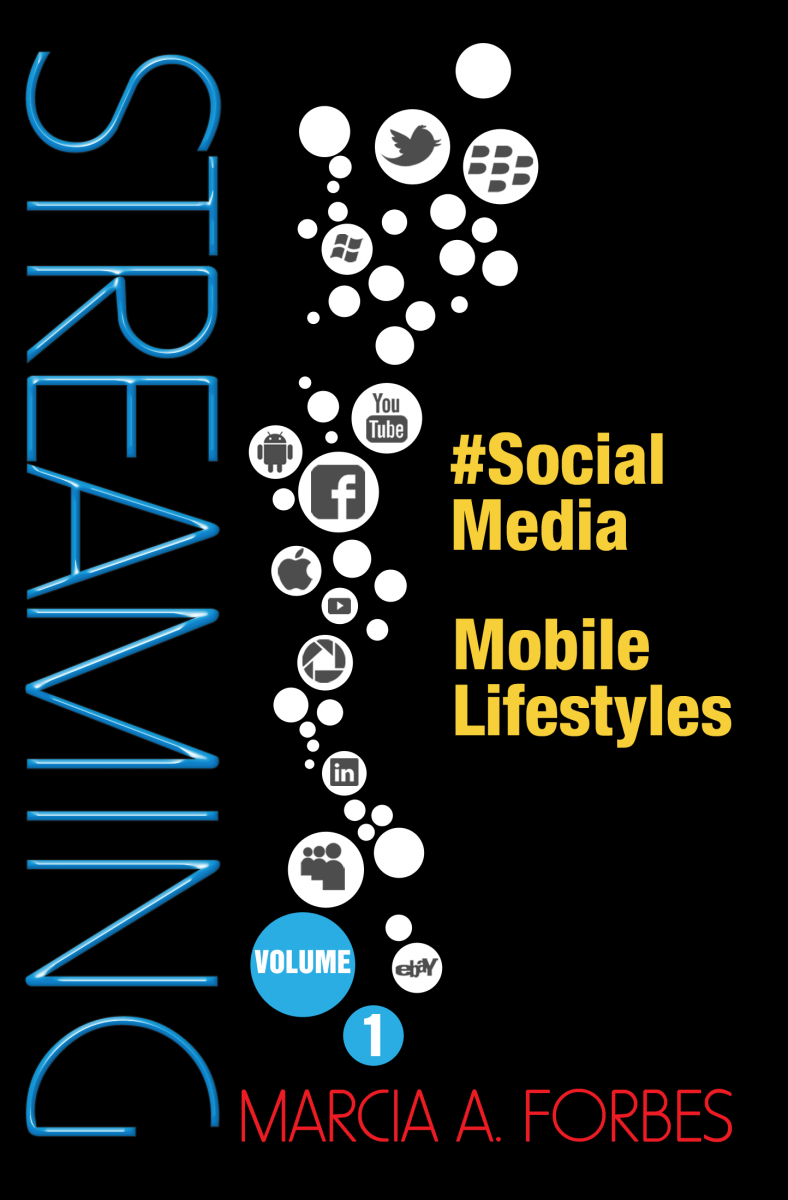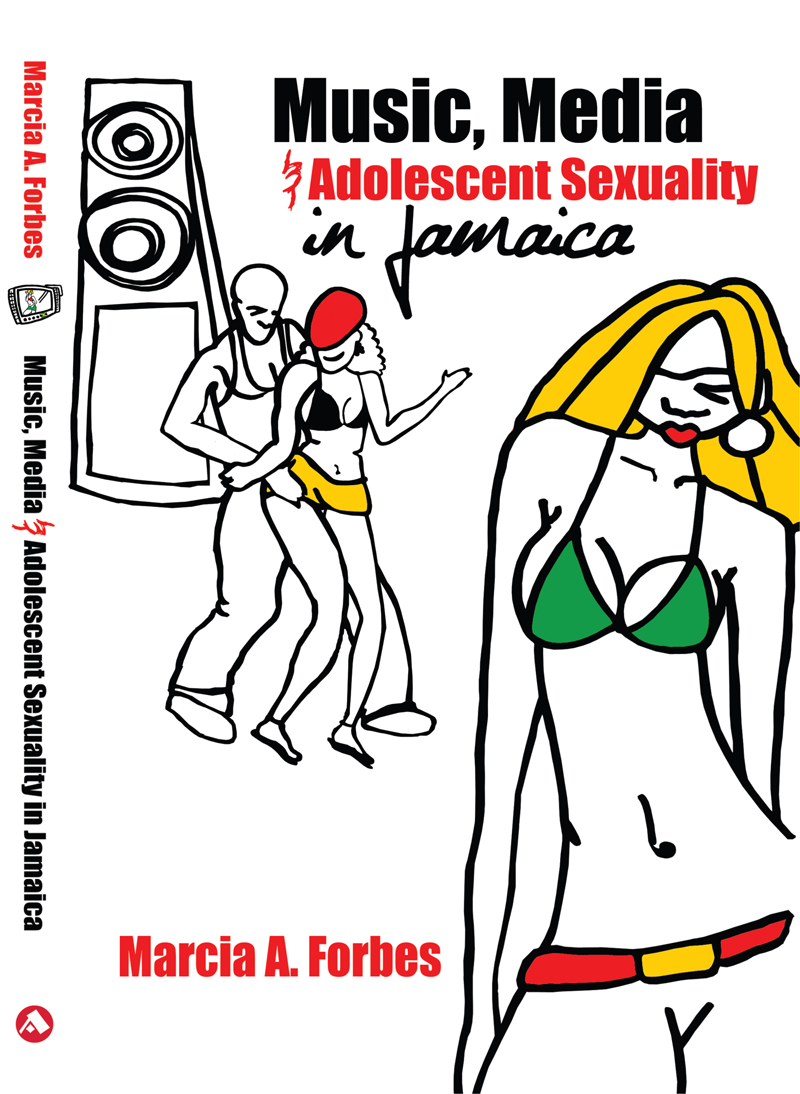In order to determine whether we fit in or measure up, we compare ourselves with others who we perceive to be similar to us. The more favourable the comparison, the better we’ll feel about ourselves and the greater the boost to our self-esteem. Many of the people adolescents see in music videos are close to their age and in some cases are themselves adolescents. If only based on age therefore, adolescents have grounds for comparing themselves with these artistes.
In Jamaica the bases for comparison with most of the locally produced music videos run deeper and wider than just age. Colour and class play important roles. Most of the local artistes are dark skinned as are the majority of our youths. Most of the artistes often come from harsh socio-economic backgrounds and physical environments (ghettos) which are similar to those faced by many Jamaican adolescents. Aspects of these realities can often be heard in the lyrics of many songs.
“Born as a sufferer, grow up as a sufferer, struggle as a sufferer, Fight as a sufferer, survive as a

sufferer, Grow up in the ghetto where most of them a sufferer” from Bounty Killer’s 2001 album,
Outcry, is one example. Buju Banton’s 1995 anthem against the wonton killing taking place in Jamaica, “Murderer! Blood is on your shoulder/Kill I today you cannot kill I tomorrow/Murder! Your inside must be hollow/How does it feel to take the life of another?” would find resonance with many of the island’s youths who experience suffering daily and loose their friends and family to gun-violence.
Adolescents identify with the artistes, as individuals, as well as with the lyrics they sing. Here at home we have our young stars. Gyptian, Tessanne, Idonia, Alaine, although not teenagers, are still youths. The frequency with which teen artistes, black, white, female and male, excel internationally appears to be getting even more frequent since the 1960s successes of the Beatles and the 1970s Jackson Five, with Michael Jackson leading the 1980s with his record breaking solo career.
Now at the start of the 21st century adolescent sensations, females and males, on the music scene are becoming the norm. Destiny Child with Beyonce and the latter’s success in her solo career, Britney Spears, Christina Aguilera, N’Sync with Justine Timberlake, Back Street Boys, Usher and Alicia Keys all made their mark internationally while still in their teens.
Adolescents watch music videos as one way of bonding with their peers. It gives them something to talk about and fosters a common youth culture. They compare themselves with those they see in the videos. As one focus group participant noted, “They might watch the video and say that this person is popular and he or she is making a lot of money and I want to be popular and make a lot of money and look like this person. Some want to dress like this person”. Through these comparisons, adolescents come to know more about themselves and what they want from life as well as make determinations about their own abilities.
A significant portion of BET’s airtime is devoted to hip-hop—the artistes, their lifestyles and music videos. The channel, very popular among Jamaican youths, has been referred to as the premier cable channel for airing hip-hop videos. Looking at and listening to hip-hop music videos over the past 20 years, despite their diversity, one cannot help but be struck by the extent to which the images and lyrics glorify guns and gangsters and more recently, pimps and pimping.

Hip-hop has elevated the pimp to star status and the video girls, his hoes (hip-hop for whores, although now I’m told it stands for ‘honey’ not whore), who play alongside him as mere puppets. In 2005 during Black History Month (February), Essence, a magazine des

igned to target African American women, ran a ‘Take Back the Music’ week. They reported that their invitation for feedback to this initiative was “the most responded-to story” in the history of their web site (Essence, March, 2005). The respondents were far from happy with music video portrayals of both males and females.
While Jamaican parents worry about dancehall music and the ways in which they perceive that it corrupts their ‘little ones’. They appear to have little if any concerns about hip hop music. When asked whether or not they were allowed to watch all types of music videos, 56.5% of adolescents said yes. For most therefore there are no restrictions.
Are you allowed to watch every type of music video?
|
|
Frequency
|
Percent
|
|
Valid
|
Yes
|
248
|
56.5
|
|
|
No
|
190
|
43.3
|
|
|
|
|
Those who had restrictions imposed on what they could watch were further asked which types of videos were not allowed. Of the 190 to whom this question applied, 68 of them (36%) were not allowed to watch dancehall videos. This compares to 23% who weren’t allowed to watch gangsta rap. Only 15% were restricted from watching hip hop videos.
Although many adolescents felt that reggae music generally had positive messages and helped to motivate them, their watching of music videos for reggae songs were nevertheless restricted. At 12.5%, this restriction was virtually at the same level as for hip hop (15%), a genre well known for its negative messages, although admittedly there are some hip hop songs with pro-social messages.
Music Videos That Are Restricted (N=190)
|
Music Video Category
|
Frequency
|
Percentage (Approx.)
|
|
Dancehall
|
68
|
36%
|
|
Gangsta Rap
|
44
|
23%
|
|
Hip Hop
|
29
|
15%
|
|
Reggae
|
24
|
12.5%
|
|
Other
|
25
|
13.5%
|
Adults and adolescents need to begin to understand that there are genres of music and their accompanying videos, other than dancehall which are likely to expose children and youths to unsavoury lyrics and unseemly images. Don’t heap all the blame on indigenous Jamaican music.
As highlighted in a previous article, respondents were asked to state the extent to which they felt different genres of music videos talked about sex or showed sexual behaviours.
Compared to dancehall videos for which 72% of respondents believing that they portray sex, hip hop videos attracted the comparative low response rate of only 53%, while reggae drew just under 40%.
I know as Jamaicans we often believe that anything from foreign is good. Although our music has achieved international acclaim and stature, some of us may still believe that foreign is better. Let’s take the time to do honest assessments. Based on my own unscientific comparisons of reggae and hip hop music and videos, I’d give reggae the edge for acceptable lyrics and images. –Up to here published but not the remainder.
Many of us know and believe the expression, “Show me your company/friends and I’ll tell you who you are.” The same holds for the music and videos which keep you company. If you constantly spend time in the company of hip hop, you are likely to begin to accept that being called a pimp or a ‘ho are normal and acceptable.
Some youths have gone so far down the road with this that radio stations now promote “Pimps & Hoes” party where patrons are encouraged to dress the part. I even ran into the ‘promoter’ purchasing certificates to be awarded to the best pimp and best ‘ho. Hip hop music has largely normalized the lifestyle of prostitution, small wonder that sex in schools now seems so common place.
Show me your music and I’ll tell you who you are. But then again, let me be more careful, after all I do rather enjoy hip hop. The rhythm is infectious and the pace lively but a lot of the time I really don’t know what they are saying. The children and adolescents know though and they are the impressionable ones, so let’s be a little less lewd and a lot more careful, especially with Hip Hop music.
 sufferer, Grow up in the ghetto where most of them a sufferer” from Bounty Killer’s 2001 album, Outcry, is one example. Buju Banton’s 1995 anthem against the wonton killing taking place in Jamaica, “Murderer! Blood is on your shoulder/Kill I today you cannot kill I tomorrow/Murder! Your inside must be hollow/How does it feel to take the life of another?” would find resonance with many of the island’s youths who experience suffering daily and loose their friends and family to gun-violence.
sufferer, Grow up in the ghetto where most of them a sufferer” from Bounty Killer’s 2001 album, Outcry, is one example. Buju Banton’s 1995 anthem against the wonton killing taking place in Jamaica, “Murderer! Blood is on your shoulder/Kill I today you cannot kill I tomorrow/Murder! Your inside must be hollow/How does it feel to take the life of another?” would find resonance with many of the island’s youths who experience suffering daily and loose their friends and family to gun-violence. Hip-hop has elevated the pimp to star status and the video girls, his hoes (hip-hop for whores, although now I’m told it stands for ‘honey’ not whore), who play alongside him as mere puppets. In 2005 during Black History Month (February), Essence, a magazine des
Hip-hop has elevated the pimp to star status and the video girls, his hoes (hip-hop for whores, although now I’m told it stands for ‘honey’ not whore), who play alongside him as mere puppets. In 2005 during Black History Month (February), Essence, a magazine des igned to target African American women, ran a ‘Take Back the Music’ week. They reported that their invitation for feedback to this initiative was “the most responded-to story” in the history of their web site (Essence, March, 2005). The respondents were far from happy with music video portrayals of both males and females.
igned to target African American women, ran a ‘Take Back the Music’ week. They reported that their invitation for feedback to this initiative was “the most responded-to story” in the history of their web site (Essence, March, 2005). The respondents were far from happy with music video portrayals of both males and females. 

